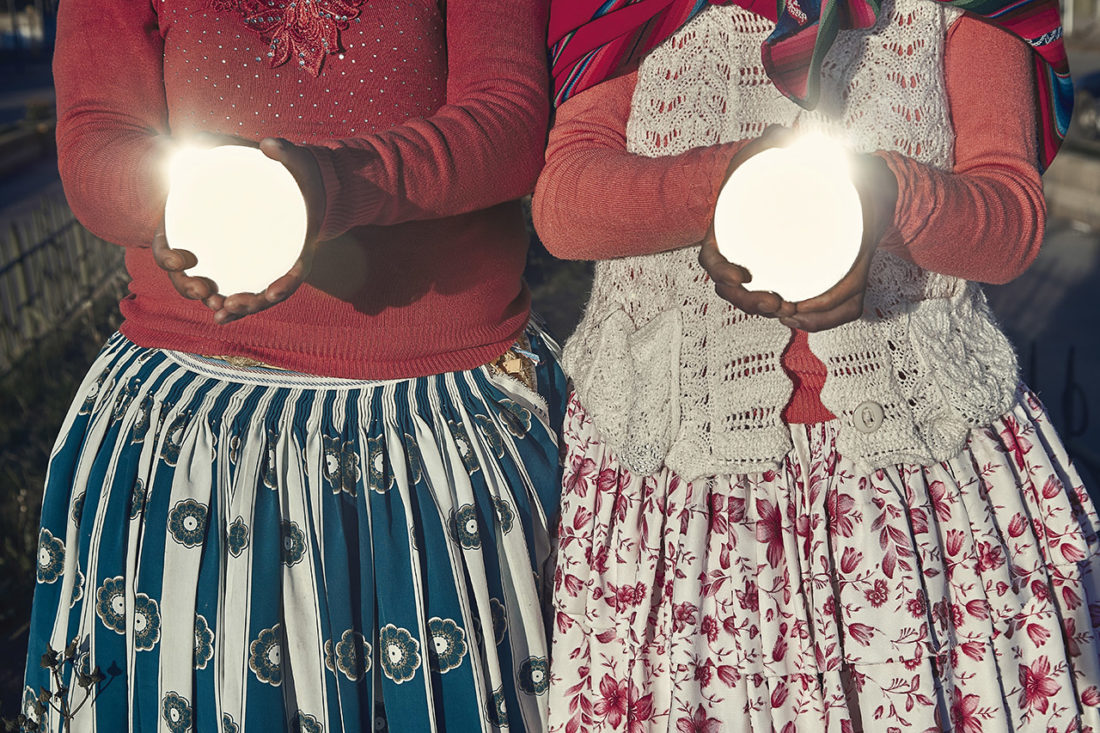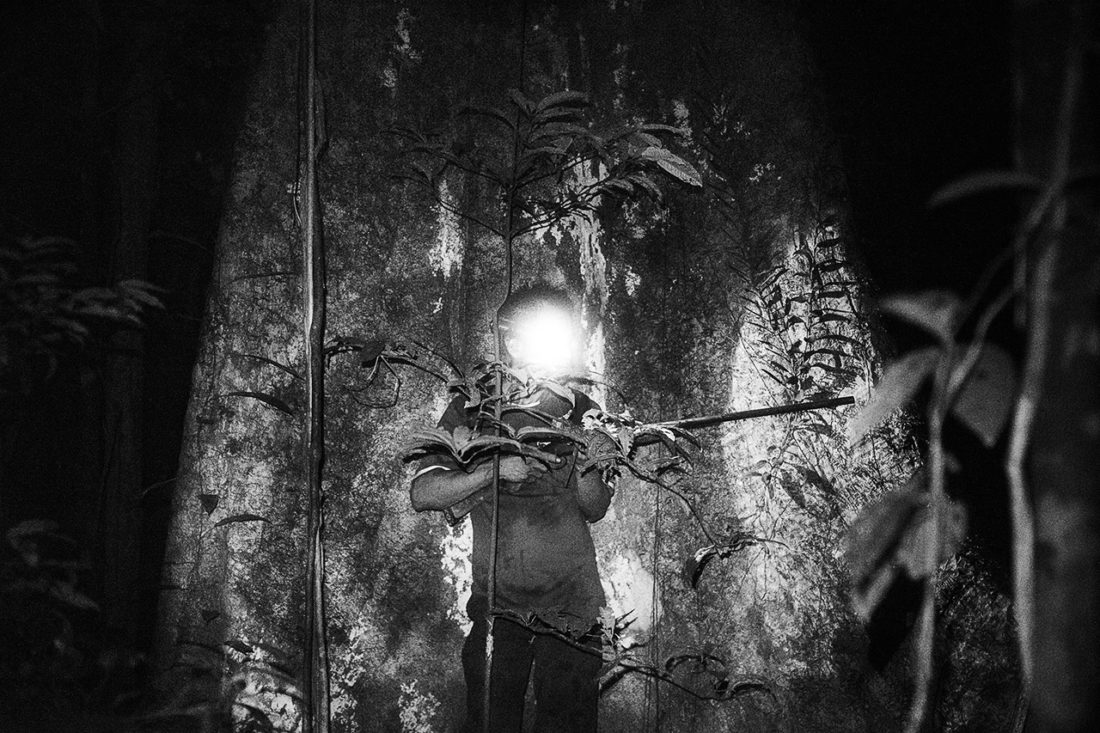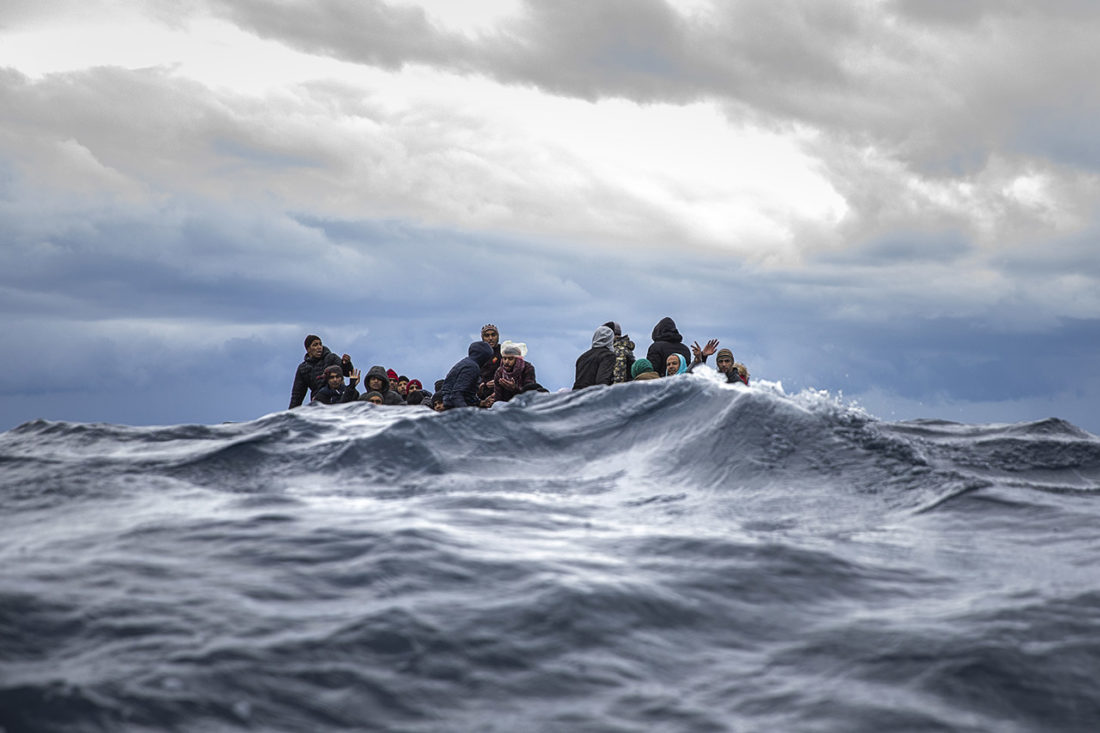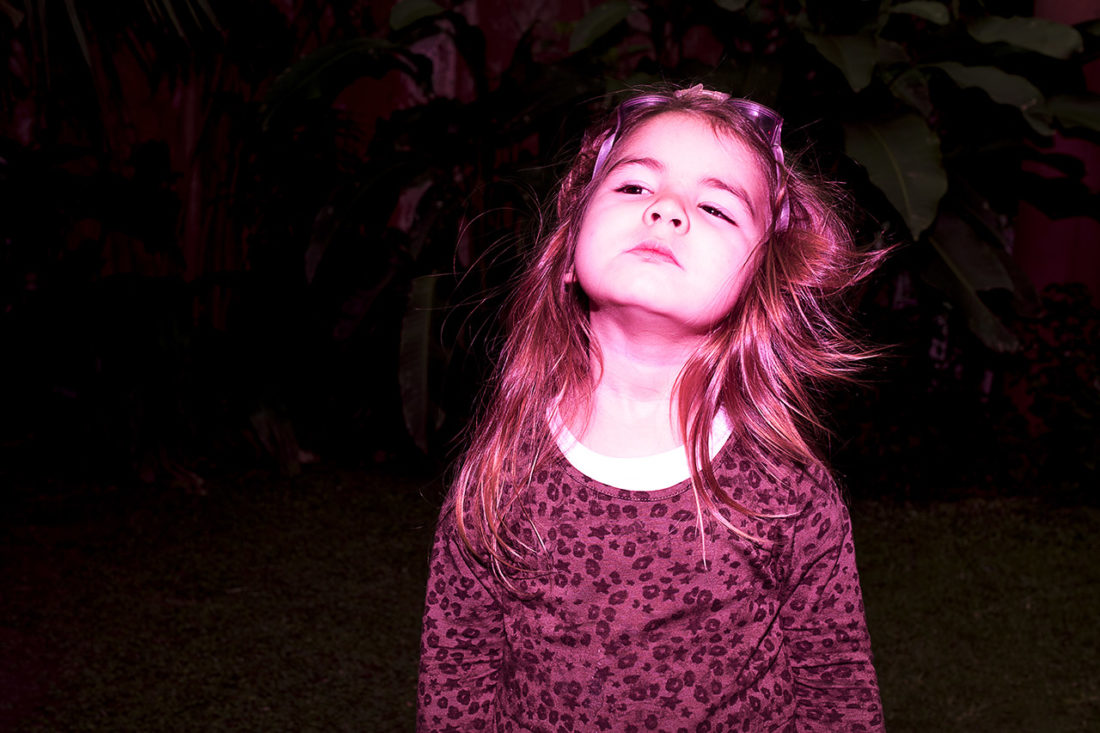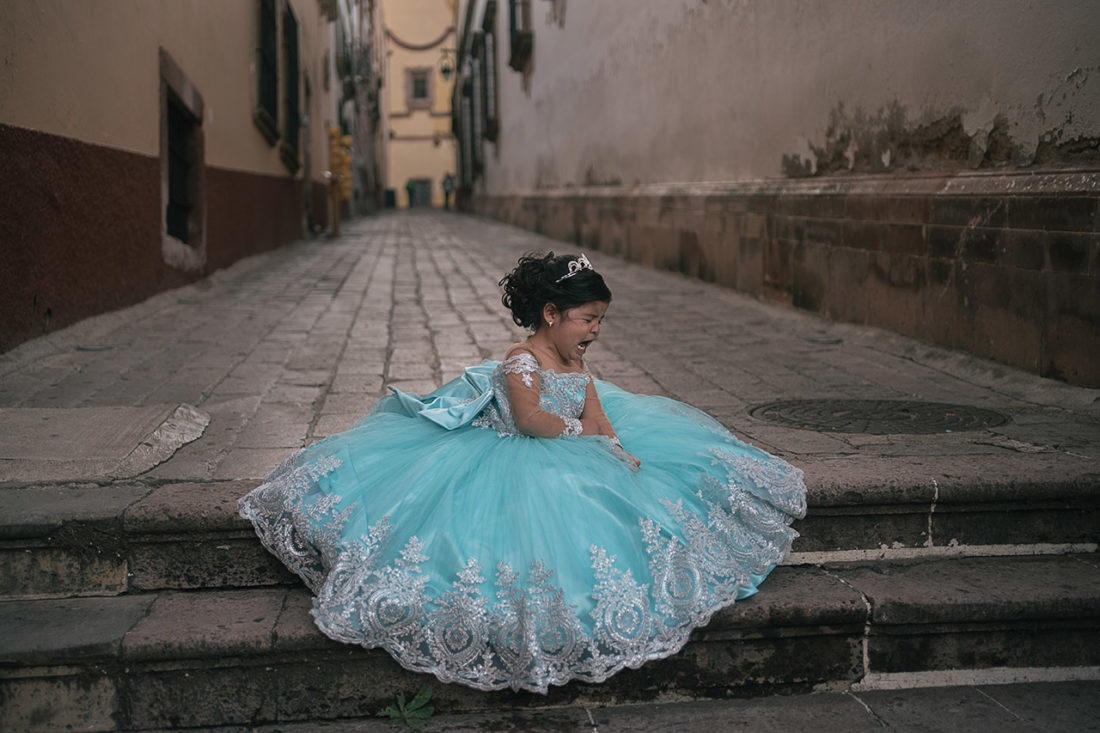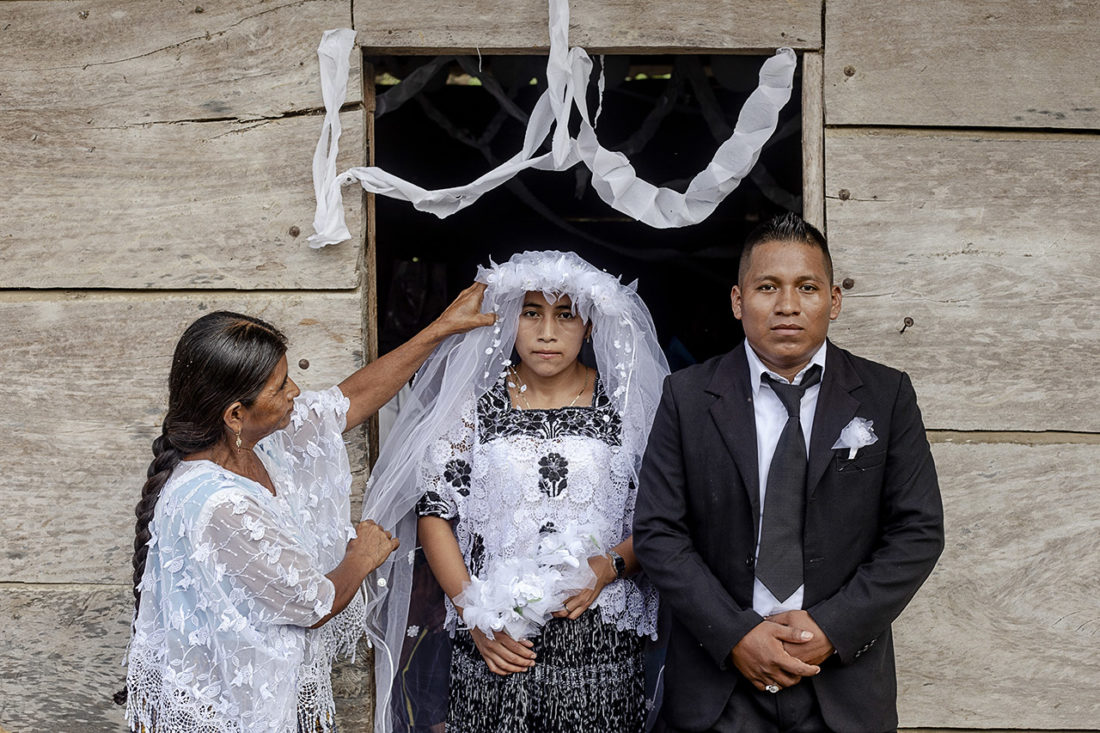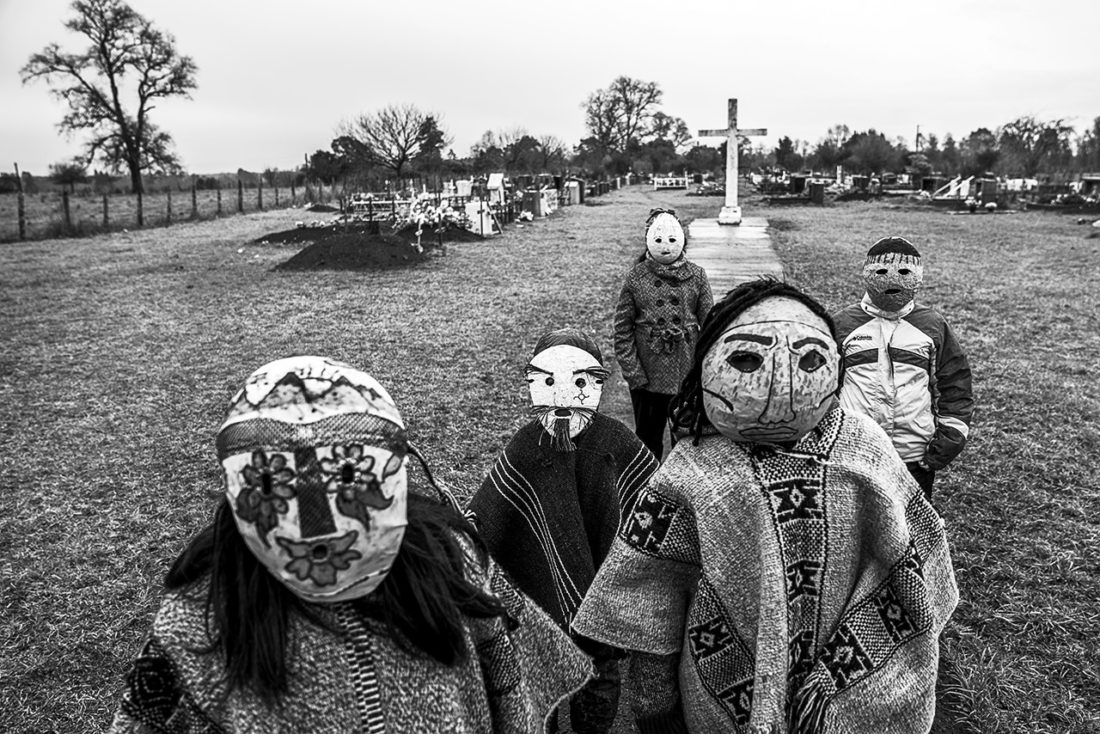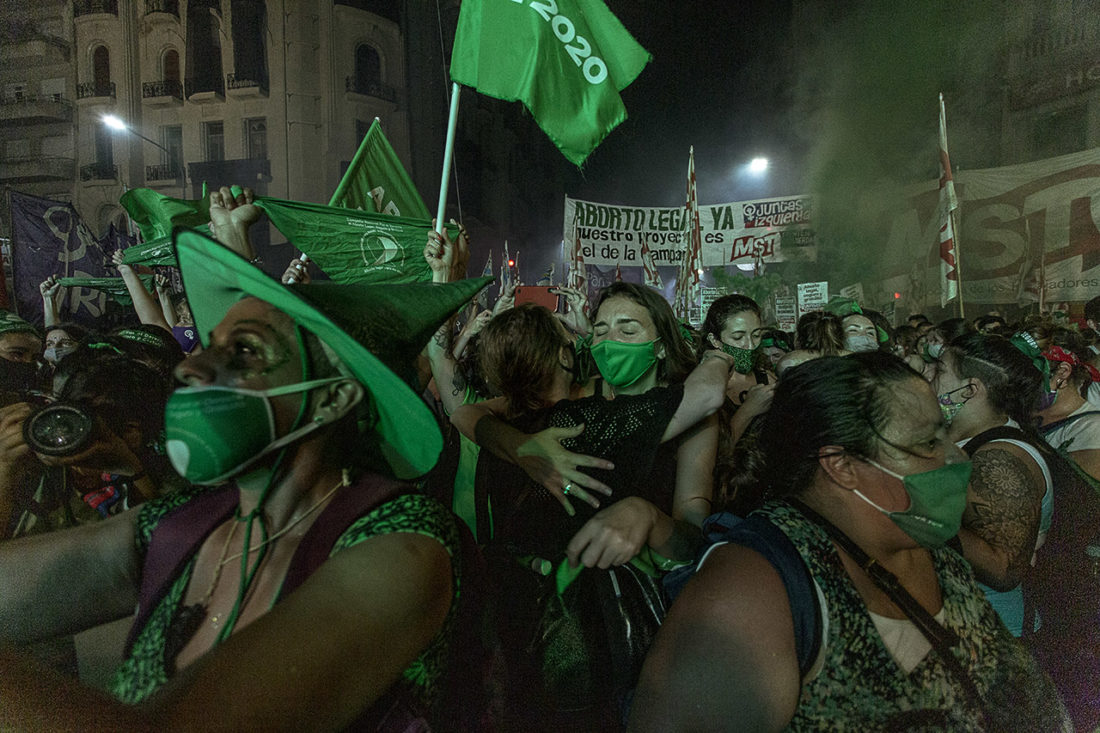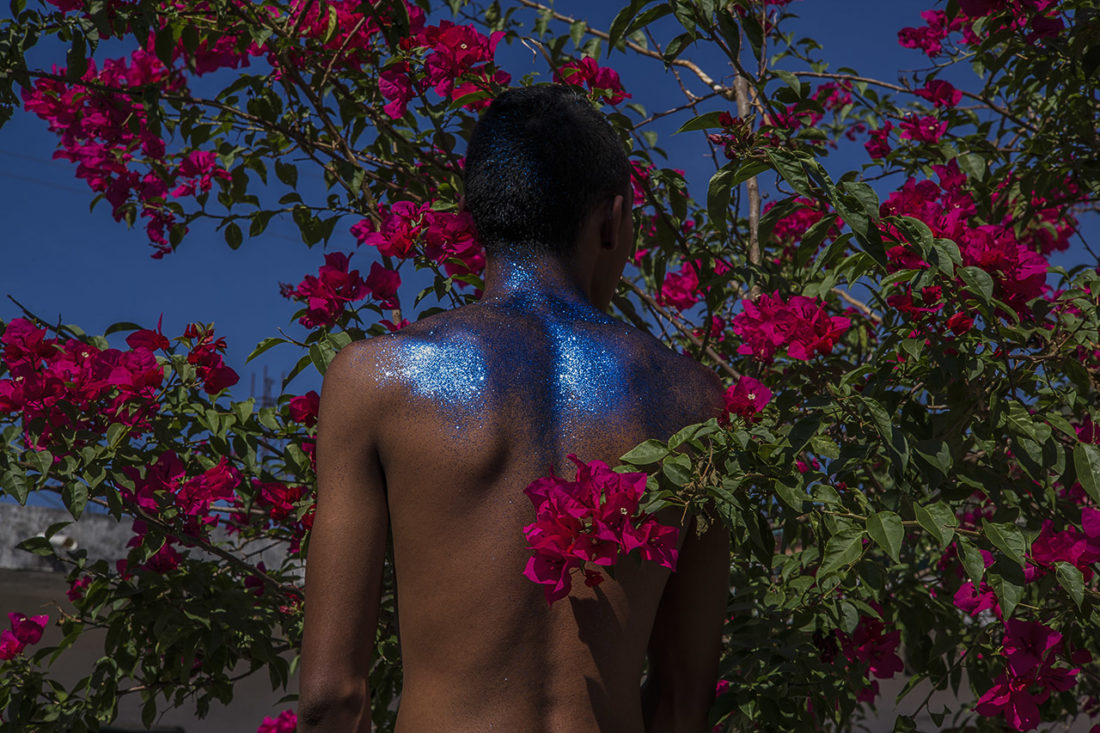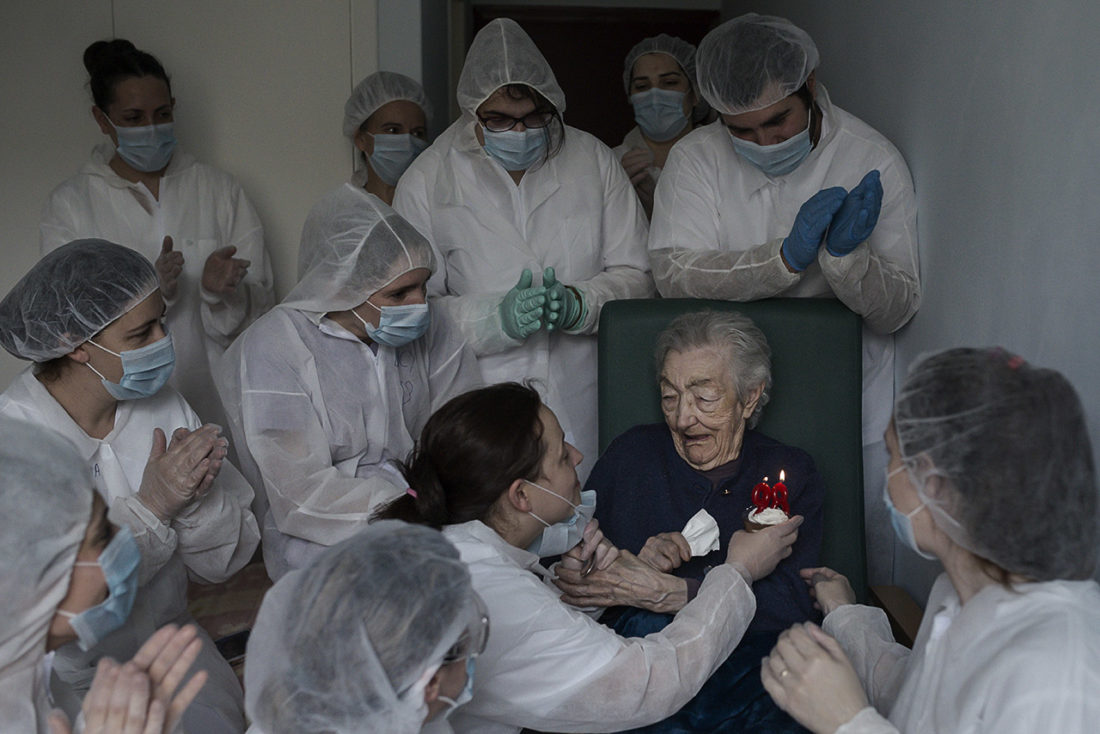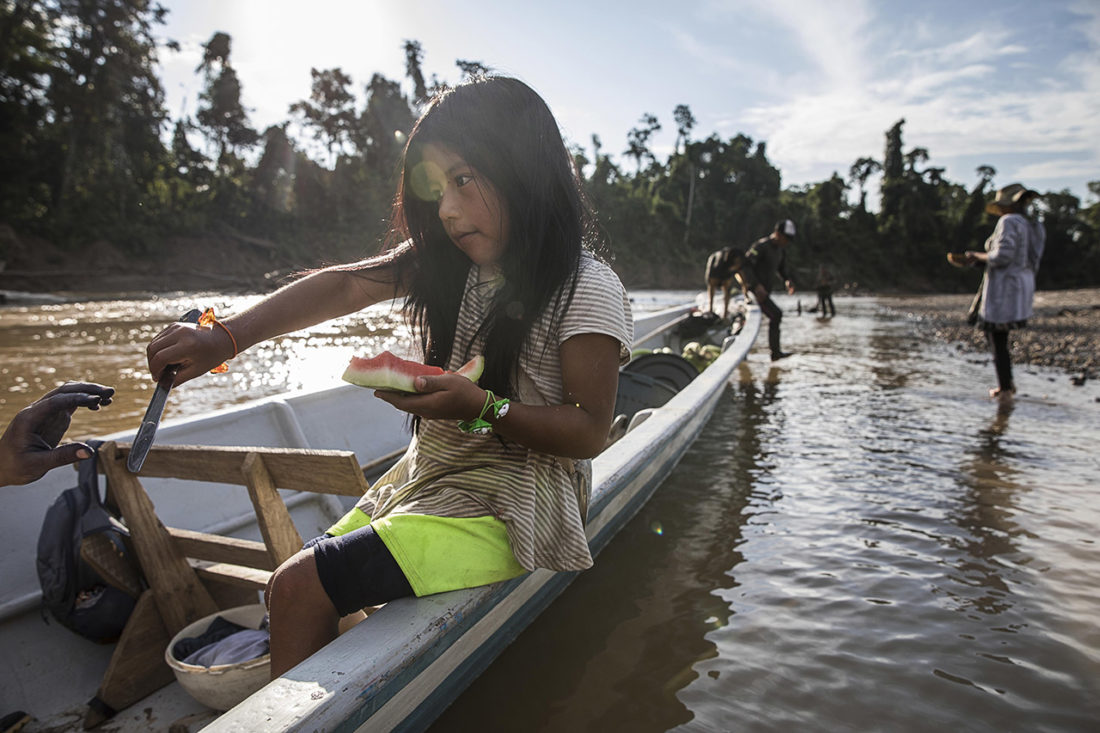POY Latam 2023
Countdown to contest closing
Classical Categories

POY Latam’s mission over the past twelve years has been to highlight the work of visual creators in Ibero-America. We believe in the importance of documentary photography and its commitment to the stories it tells, and that is why we have retained some of the most relevant categories for today’s times. We believe that photography expresses itself more deeply in longer essays. For that reason we have restructured the categories and created new ones in relation to contemporary narratives.
Open Categories

Photojournalism has changed significantly in recent years. Many visual creators move freely between art and journalism, and the rigid rules of the past have expanded to accept real or digital edits that are conceptually justified. The open categories of POY Latam allow a greater degree of creative freedom and the presentation of images that go beyond the traditional canons of documentary photography. The idea is to tell stories that help us question who we are and where we are going.
Much of our success and credibility is due to the volunteer work of dozens of judges who have been with us over the past twelve years
 Mary Ellen Mark
Mary Ellen Mark Felipe Dana
Felipe Dana Cristina García Rodero
Cristina García Rodero Adriana Zehbrauskas
Adriana Zehbrauskas Iatá Cannabrava
Iatá Cannabrava Sarah Leen
Sarah Leen Ruth Eichorn
Ruth Eichorn Pascal Maitre
Pascal Maitre Magdalena Herrera
Magdalena Herrera Luis Weinstein
Luis Weinstein Maya Goded
Maya Goded Gary Knight
Gary Knight Francisco Mata Rosas
Francisco Mata Rosas Melissa Farlow
Melissa Farlow Tomás Munita
Tomás Munita
Follow us on Instagram
Convocatoria Premio para la Paz @globalpeacephotoaward
Compartimos con los colegas del POY Latam esta interesante convocatoria de este premio basado en Austria. La convocatoria se abre el 5 de abril de 2024.
Envíanos tu trabajo antes del 19 de mayo de 2024 y muéstranoslo: ¿Qué aspecto tiene la paz?
La inscripción es gratuita.
Haga clic aquí para registrarse y enviar su obra: https://site.picter.com/global-peace-photo-award-2024
Haga clic aquí para leer las condiciones y las preguntas más frecuentes: https://globalpeacephotoaward.org/terms-conditions-faq
Premios:
Por primera vez en 2024, habrá un total de 11.000 euros en premios en metálico para ganar en las 6 categorías.
La Imagen de la Paz del Año será galardonada con un premio en metálico de 7.000 euros.
Se expondrá en el Parlamento austriaco durante un año y se incluirá en la colección permanente de arte del Parlamento austriaco.
Todas las obras ganadoras recibirán la Medalla de la Paz Alfred Fried y los fotógrafos serán invitados a la ceremonia de entrega de premios en Viena en septiembre de 2024, con los gastos de viaje y alojamiento cubiertos. Todas las imágenes presentadas tienen la posibilidad de participar en exposiciones internacionales.
También hacemos un llamamiento para que se presenten candidaturas a la Imagen Infantil de la Paz del Año.
Las obras del Global Peace Photo Award se han expuesto en la sede de la UNESCO en París, en
Las imágenes ganadoras y una selección de las mejores se expusieron en el Festival La Gacilly-Baden Photo, el mayor festival de fotografía al aire libre de Europa, con más de 300 000 visitantes. Bajo el título Una cultura de la solidaridad se expuso otra selección de imágenes en Tulln (Austria) y Celje (Eslovenia).
Inscríbete aquí: globalpeacephotoaward.org
Síguenos en Instagram: @globalpeacephotoaward
Saludos cordiales,
Lois Lammerhuber
Premio Global Peace Photo Award
Conversatorio.
Este miércoles, 23 de agosto desde las 20h00 (Quito-Ecuador), @pablocorralvega, director del POY Latam, dialoga con @historiassencillas Federico Rios Escobar, "Fotógrafo Iberoamericano del Año" y "Ganador de la categoría Derechos Humanos" en la séptima edición del concurso para creadores visuales más prestigioso de Iberoamérica. www.poylatam.org
🔴 www.federicorios.net
Mira la transmisión en vivo a través de la página de Facebook del POY Latam. Una iniciativa gracias al apoyo de @globalexchangeoficial y @solipsisart
📌 #POYLatam2023 | [Ganadores]
Felicitaciones!!! 🔴
📸 Categoría 9. Fotoperiodista Iberoamericano del Año
🏆 Primer Lugar: Federico Rios Escobar @historiassencillas | 🇨🇴 #Colombia
[Título: Las venas abiertas de América Latina]
IG: @historiassencillas
Director: Pablo Corral Vega @pablocorralvega
Partner de comunicación: @solipsisart
Con el apoyo de: Donald W Reynolds Journalism Institute, Fundación Gabo, Global Exchange, Ethnic Media Services, Península 360 Press, Fábrica de Ideas y Fotógrafas Latinoamericanas
#PoyLatam #iberoamerica #fotoperiodismo #fotografiadocumental #CreadoresVisuales #nuestramirada #resignificarlosarchivos #Ecuador2023 #SolipsisArtEcuador #fotoarte #12añospoylatam #poylatam2023
#POYLatam2023 | [Ganadores]
📸 Categoría 08. FOTOPERIODISTAS EN EL MUNDO - ensayo
🥇Primer Lugar: Manu Brabo | 🇪🇸 #España
Título: Mariposas Negras] IG: manubrabo
🏅Trabajo Destacado: Pablo Garrigós Cucarella | 🇪🇸 #España
[Título: Uganda: Donde se disputa la salud mundial]
IG: pgarrigos027
🏅Trabajo Destacado: Diego Ibarra Sánchez | 🇪🇸 #España
[Título: UNunca se han ido. Ataque del ISIS a la prisión de Ghwaryan] IG: diego.ibarra.sanchez
🏅Trabajo Destacado: Diego Ibarra Sánchez | 🇪🇸#España
[Título: Las heridas abiertas de la guerra en Iraq]
IG: diego.ibarra.sanchez
🏅Trabajo Destacado: Felipe Dana | 🇧🇷 #Brasil
[Título: Adicto] IG: felipedana.com.br
🏅Trabajo Destacado: Felipe Dana | 🇧🇷 #Brasil
[Título: Invasión de Ucrania] IG: felipedana.com.br
Director: @pablocorralvega
Partner de comunicación: SolipsisArt colectivo fotográfico Ecuador @solipsisart
Con el apoyo de: Donald W Reynolds Journalism Institute, @poyipics Fundación Gabo @fundaciongabo Global Exchange @globalexchange Ethnic Media Services @ethnicmediaservices Península 360 Press @peninsula360press Fábrica de Ideas y Fotógrafas Latinoamericanas @fotografaslatam
#PoyLatam #iberoamerica #fotoperiodismo #fotografiadocumental #CreadoresVisuales #nuestramirada #resignificarlosarchivos #Ecuador2023 #SolipsisArtEcuador #fotoarte #12añospoylatam
🔴 #POYLatam2023 | [Ganador]
📸 Categoría 09. FOTOPERIODISTA IBEROAMERICANO DEL AÑO - ensayo
🏆 Primer Lugar: Federico Rios Escobar | 🇨🇴 #Colombia
[Título: Las venas abiertas de América Latina]
IG: @historiassencillas
Descripción:
Federico Ríos Ganador Hansel-Mieth Preiss Alemania 2019 Primer Premio News Series 2017 POY Latam Premio del Jurado en Days Japón 2017 Portfolio Review New York Times 2017 RISC Trainig Turín, Italia 2016 Eddie Adams workshop XXVII. Nueva York 2014 Su trabajo se publica en medios como The New York Times, National Geographic, Stern, Geo, Times Magazine, Parismatch y Leica Magazine, entre otros. En 2012 publicó el libro de fotografía "La ruta del cóndor" bajo los sellos editoriales de la Universidad Jorge Tadeo Lozano y la Universidad de Caldas y en 2013 publicó el libro "Fiestas de San Pacho, Quibdó" junto con el colectivo de fotografía "Mas UNO ". "La Firma de Los Ríos" de Federico ha sido expuesta en Video Guerrilha, en Sao Paulo / Brasil 2013, "Transputamierda" fue expuesta en el Festival Internacional de Fotografía de Valongo en Santos, Brasil, curada por Horacio Fernández, ha presentado su trabajo sobre las FARC en La Guardia Photo Art Gallery en Nueva York en abril de 2017 y en el festival Kaunas Photo en Lituania, también en el festival Unseen Photo en Ámsterdam como parte del colectivo +1. Durante octubre de 2017 inauguró la exposición Transputmierda en el festival Gabo de la FNPI. En 2018 presentó su exposición individual en el Museo de Antioquia. En 2021 publica el fotolibro VERDE - editorial Raya con el editor Santiago Escobar-Jaramillo.
Director: @pablocorralvega
Partner de comunicación: @solipsisart
Con el apoyo de: Donald W Reynolds Journalism Institute @poyipics @fundaciongabo @globalexchange @ethnicmediaservices @peninsula360press Fábrica de Ideas y @fotografaslatam
#PoyLatam #iberoamerica #fotoperiodismo #fotografiadocumental #CreadoresVisuales #nuestramirada #resignificarlosarchivos #Ecuador2023 #SolipsisArtEcuador #fotoarte #12añospoylatam
📌 #POYLatam2023 | [Ganadores]
📸 Categoría 09. FOTOPERIODISTA DEL AÑO - ensayo
🏅 Trabajo Destacado: Sarah Pabst | 🇦🇷 #Argentina
[Título: Portfolio]
Web: http://sarahpabst.com/
IG: @_sarahpabst_
Director: Pablo Corral Vega @pablocorralvega
Partner de comunicación: SolipsisArt colectivo fotográfico Ecuador @solipsisart
Con el apoyo de: Donald W Reynolds Journalism Institute @poyipics Fundación Gabo @fundaciongabo Global Exchange @globalexchange Ethnic Media Services @ethnicmediaservices Península 360 Press @peninsula360press Fábrica de Ideas y Fotógrafas Latinoamericanas @fotografaslatam
#PoyLatam #iberoamerica #fotoperiodismo #fotografiadocumental #CreadoresVisuales #nuestramirada #resignificarlosarchivos #Ecuador2023 #SolipsisArtEcuador #fotoarte #12añospoylatam
Error: API requests are being delayed for this account. New posts will not be retrieved.
Log in as an administrator and view the Instagram Feed settings page for more details.
Some POY Latam winning entries. Visit our archive, with thousands of the best photographs and video documentaries from Iberoamerica
 © Felipe Dana, POY Latam 2019
© Felipe Dana, POY Latam 2019 © Daniel Rodrigues, POY Latam 2017
© Daniel Rodrigues, POY Latam 2017 © Mauricio Lima, POY Latam 2015
© Mauricio Lima, POY Latam 2015 © Tomas Munita, POY Latam 2013
© Tomas Munita, POY Latam 2013 © Gihhan Tubbeh, POY Latam 2011
© Gihhan Tubbeh, POY Latam 2011 © Guillermo Arias
© Guillermo Arias © Tomás Munita
© Tomás Munita © Valerio Bispuri
© Valerio Bispuri © Mauro Arias
© Mauro Arias © Olmo Calvo
© Olmo Calvo © Peter Bauza
© Peter Bauza © Fred Ramos
© Fred Ramos © Federico Rios
© Federico Rios © Daniele Volpe
© Daniele Volpe © Daniel Ochoa de Olza
© Daniel Ochoa de Olza © Felipe Fittipaldi
© Felipe Fittipaldi © Mauricio Lima
© Mauricio Lima © Myriam Meloni
© Myriam Meloni © Gihhan Tubbeh
© Gihhan Tubbeh © Juan Arredondo
© Juan Arredondo © Sub Cooperativa
© Sub Cooperativa © Gisela Volá
© Gisela Volá © Juan Farias
© Juan Farias © Tomás Munita, POY Latam 2013
© Tomás Munita, POY Latam 2013
“As the largest documentary photography competition in the region, it gives a bird’s eye view of what is happening on the continent. It also reveals a new generation of photojournalists, avant-garde and irreverent, who move away from traditional references and develop a new way of looking.”
Manuela Picq, Al Jazeera

“POY Latam celebrates excellence in documentary and fine art photography in Ibero-America. Our commitment is transparency and our mission is to connect visual creators in the region and build communities through the competition, exhibitions, publications and educational spaces.”
Los Directores


